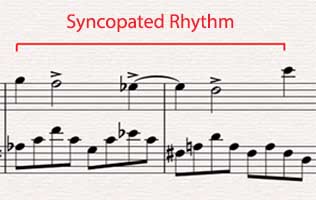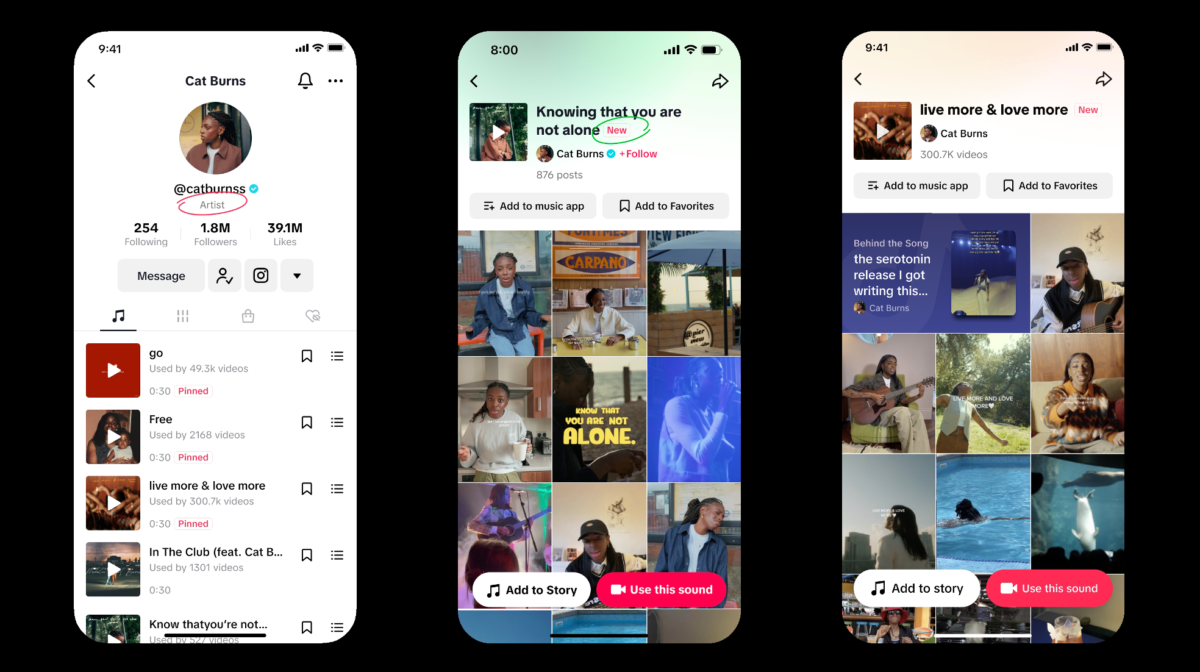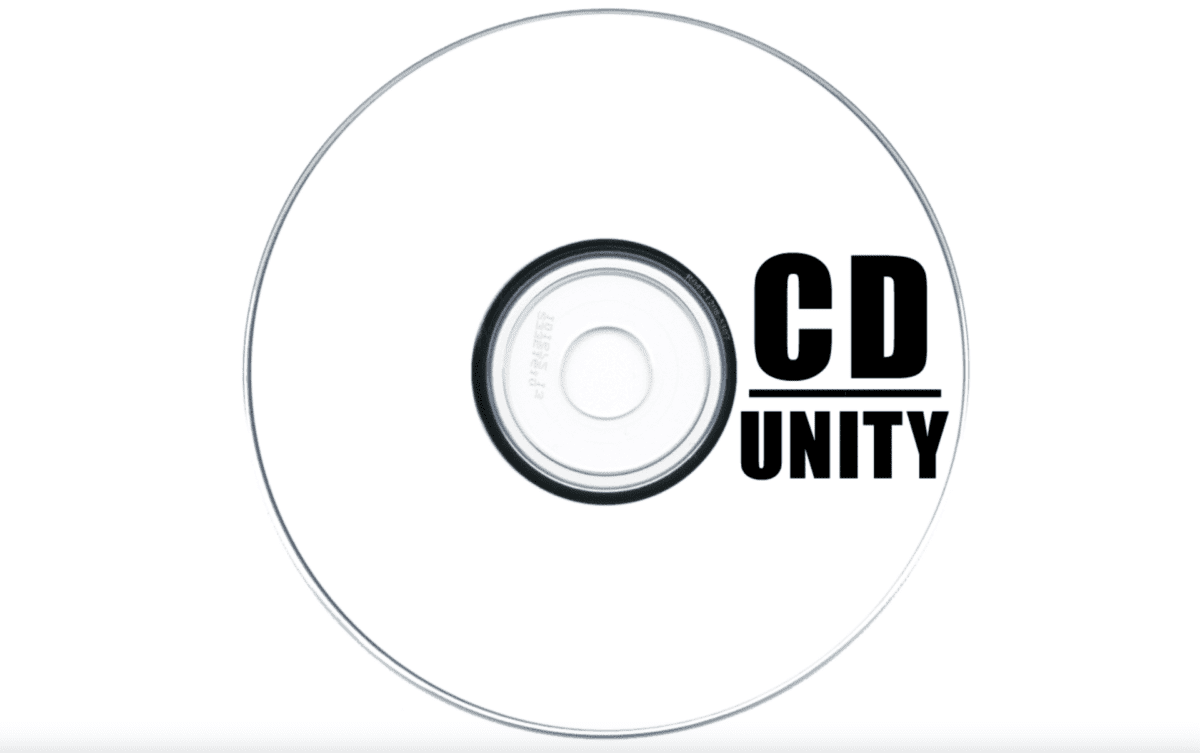What beats are typically strongest in syncopated Music? Syncopated music is a style of music that uses rhythmic accents and off-beat notes to create a unique and often unpredictable sound. The beats in syncopated music are often the strongest element, providing a driving force that propels the music forward.
In this article, we will explore the types of beats typically used in syncopated music and how they can be used to create a compelling and dynamic sound.
What is syncopated music?
Syncopated music is a style of music in which the normally expected accents are shifted so that strong beats become weak and vice versa. This creates a rhythm that is often off-beat and unexpected. Syncopation is a common feature of jazz, ragtime, and Latin music, and is often used to create an upbeat, energetic feel.
History
Syncopated music is a type of music that features accents that are placed on weak beats or between beats. This type of music originated in the late 19th century in the United States and was popularized in the early 20th century. Its roots can be traced back to African American music, such as ragtime and jazz, as well as European music, such as polka and mazurka.
Syncopated music is often characterized by its use of syncopated rhythms, which are created by stressing certain beats or notes that are normally unstressed. This type of music has been influential in many different genres and styles, including rock and roll, funk, hip-hop, and electronic dance music.
What beats are used?
Syncopated music typically uses a variety of different beats, such as triplets, syncopated eighth notes, and shuffle rhythms. These beats create a feeling of syncopation, which is a rhythmic effect created by stressing unexpected beats in a piece of music. Additionally, syncopated music often incorporates syncopated accents, which are rhythmic patterns that emphasize certain beats in a piece of music.
What are the strongest beats?
The strongest beats in syncopated music are usually the offbeats. Offbeats occur when the rhythm is shifted from the regular beat pattern. For example, a snare drum hit on the third beat of a four-beat measure would be offbeat. This offbeat adds an unexpected element to the rhythm and can create a more interesting and dynamic sound.
Another type of strong beat in syncopated music is the syncopated beat. A syncopated beat is a beat that falls between two regular beats. This type of beat is often used to create a syncopated rhythm.
For example, a snare drum hit on the “and” of a four-beat measure would be a syncopated beat. This type of beat adds complexity to a rhythm and can create a more interesting and dynamic sound.
Finally, the strongest beats in syncopated music are often the accented beats. Accented beats occur when a beat is emphasized by playing it louder or longer than the other beats. This type of beat is often used to create a more intense and powerful sound.
For example, a snare drum hit on the first beat of a four-beat measure would be an accented beat. This type of beat adds an extra layer of intensity and can create a more powerful sound.
Summary
In conclusion, the strongest beats in syncopated music are typically the offbeats, syncopated beats, and accented beats. These types of beats add complexity, intensity, and power to a rhythm and can create a more interesting and dynamic sound.











